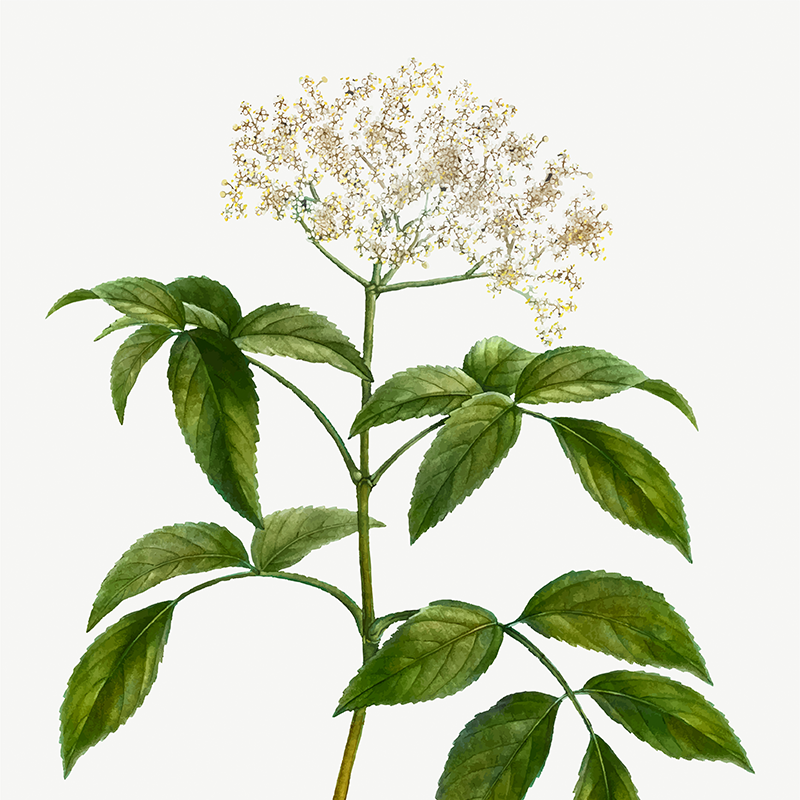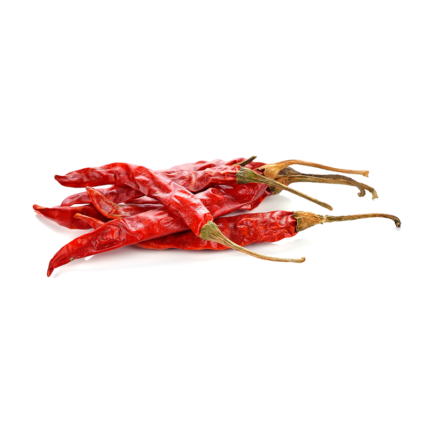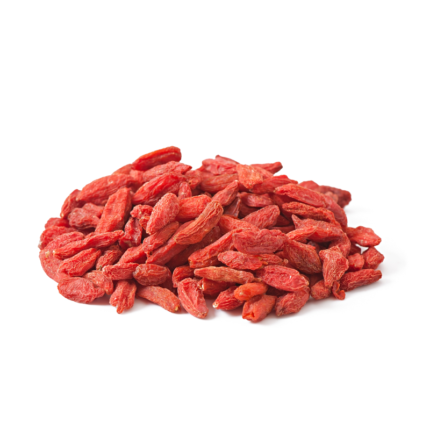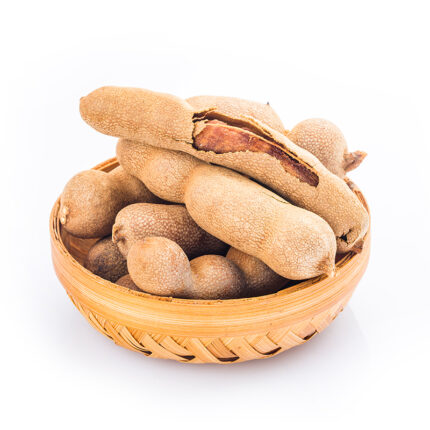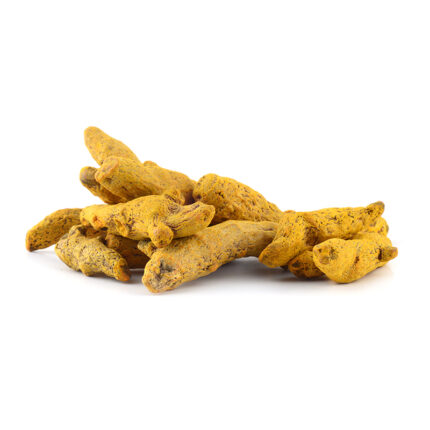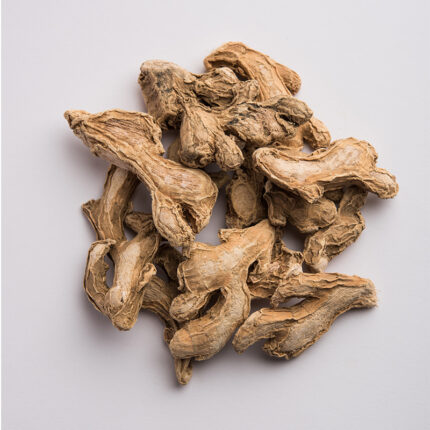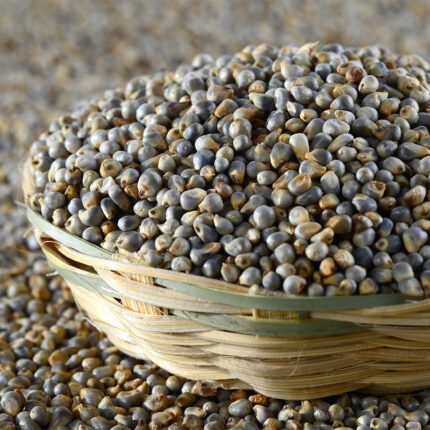Description
Angelica has a long history of use in culinary traditions, particularly in Scandinavian, Russian, and Eastern European cuisines. The young stems, leaves, and roots of angelica are edible and can be used in a variety of ways. The stems are often candied and used as a decorative element in desserts and baked goods, while the leaves and roots can be used to flavor liqueurs, teas, and culinary preparations. In addition to its culinary uses, angelica has been used medicinally for its potential health benefits. It has been traditionally used as a digestive aid, to alleviate coughs and colds, and as a mild sedative. It has also been used topically as a poultice for bruises, sore muscles, and skin irritations. Angelica holds cultural significance in some regions and has been used in folklore and traditional rituals. It is often associated with protection, purification, and healing properties, and has been used in herbal remedies and spiritual practices.

